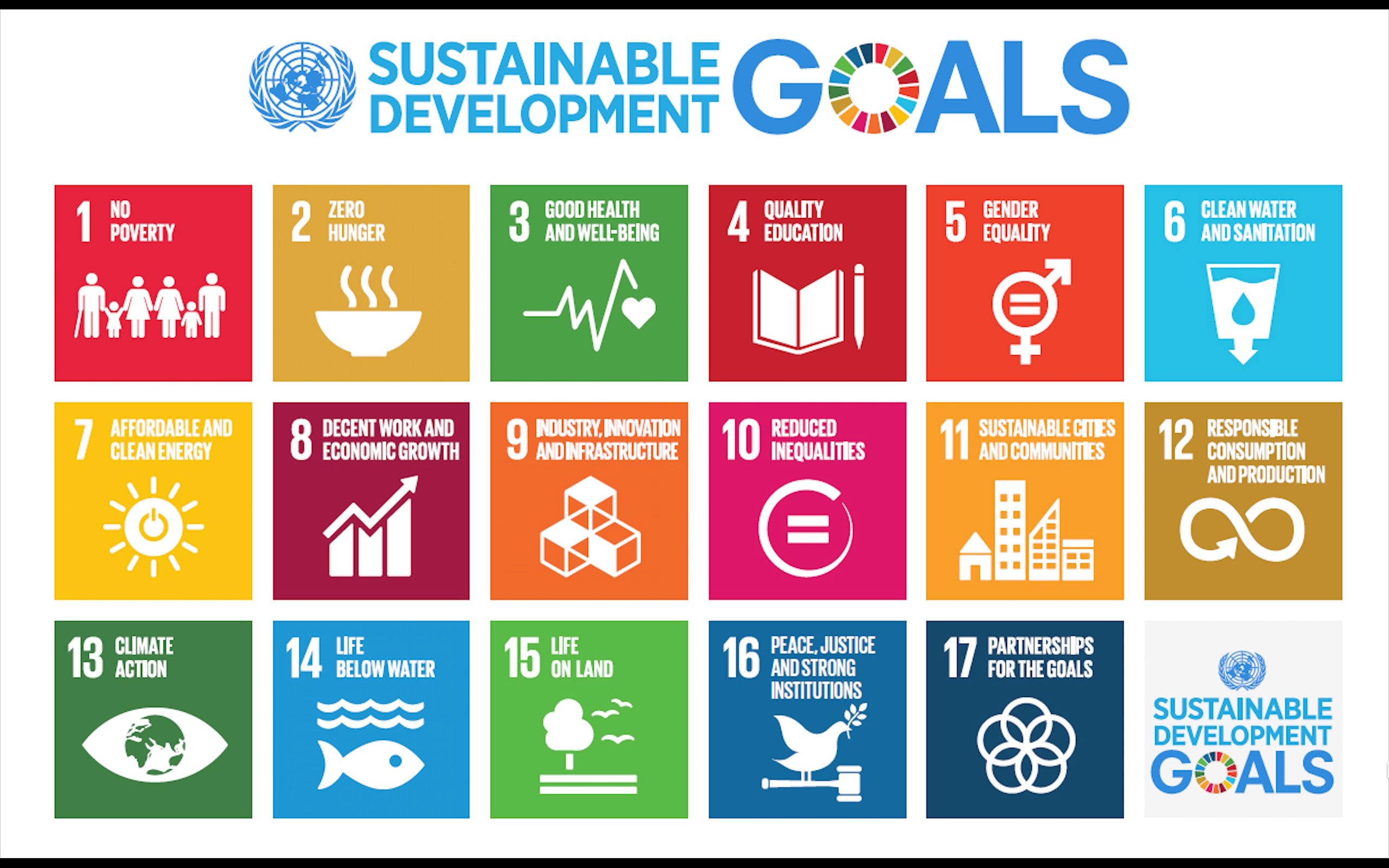On World Usability Day, we are celebrating this year's theme: Designing for the future we want.
Based on the UN Sustainable Development Goals, the theme asks us to use our collective online powers for good: reducing poverty, providing health and well- being for all, protecting the natural world.
But what does this actually mean for your website?
For many organisations, you may feel this is not relevant to you. But there are broader forces at work in today's society.
Where as political parties used to fight over Mondeo man – middle of the road voter – they are now much more polarised. For many, particularly those on the left, income equality, state provision of high quality health and social care, the environment, workers rights are things they care about deeply and affects their online behaviour.
Users would pay a premium to buy products and services from organisations who’s values they share. Just look at the problems BP are having with their efforts to sponsor various arts projects in spite of their efforts to green-ify their organisation, many people don’t buy into BPs values.
So whether you are an e-commerce site, not for profit organisation or a B2B supplier your site needs to portray a set of values that chimes with your users attitudes. This is a much harder to get to grips with than traditional usability testing where it is relatively easy to identify if users can find content and that content is useful and relevant. It requires careful investigation into users value sets and the effect of a website on these.
So how do your organisational values align with those of your users?
This is where ‘Discovery research’ comes in. This approach allows you understand what your users want, how they want to engage with your brand and what values they feel are important. With this knowledge, you can then build the digital service they both need and want to use.



